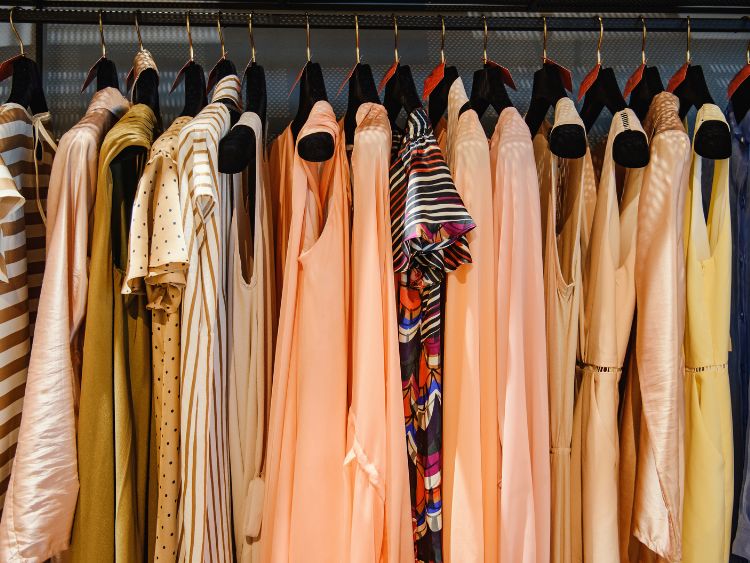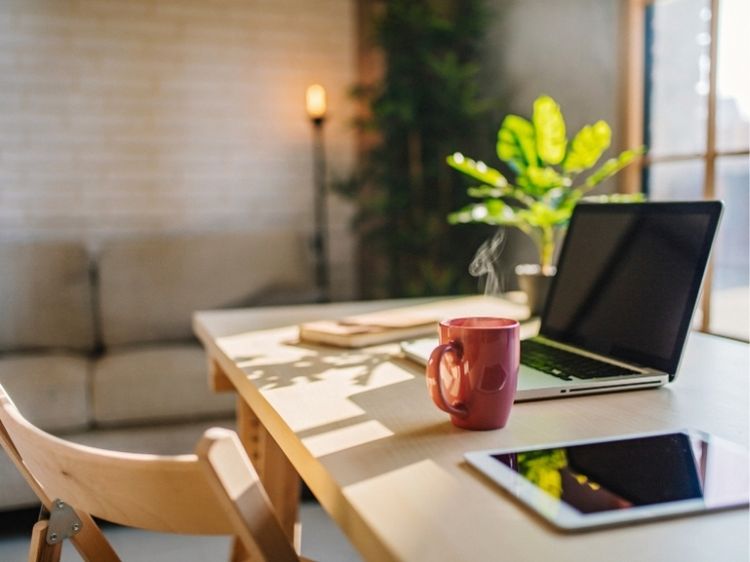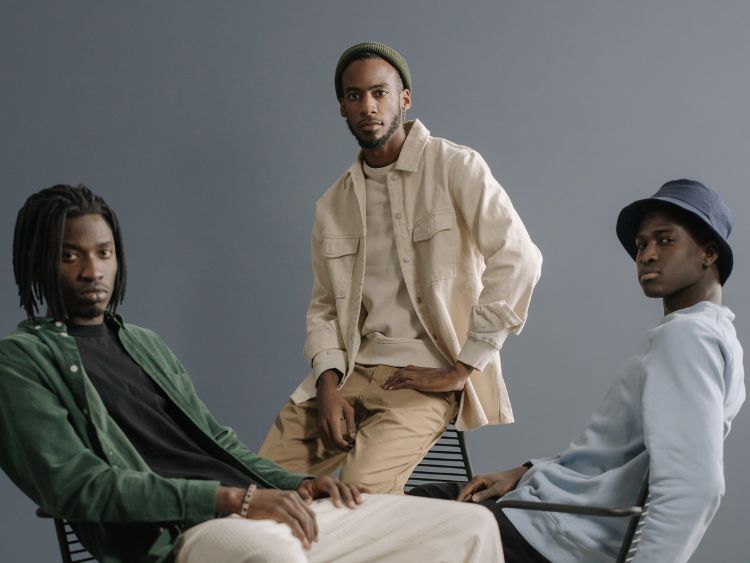When it comes to dressing for success, men’s formal attire stands at the forefront. Whether you’re attending a wedding, a business event, or an upscale gala, what you wear speaks volumes about who you are. But let’s face it: navigating the world of formal wear can feel like a daunting task. Don’t sweat it! This comprehensive guide will walk you through the essentials of men’s formal attire, ensuring you step out in style and confidence.
Understanding Men’s Formal Attire
Men’s formal attire is a broad category, encompassing various styles, fits, and accessories. So, what exactly does formal wear include? Let’s break it down!
1. Suits: The Foundation of Formal Wear
A well-fitted suit is the cornerstone of any formal outfit. It’s crucial to choose a suit that complements your body shape. Here’s a closer look at the different types:
- Classic Suit: This timeless style features a single-breasted jacket and straight-leg trousers. Opt for navy, black, or charcoal for versatility.
- Tuxedo: For ultra-formal events, the tuxedo reigns supreme. Typically black or midnight blue, it pairs perfectly with a bow tie and patent leather shoes.
- Three-Piece Suit: This option adds a waistcoat to the mix, elevating your look and allowing for a touch of personality with fabric choices.
2. Shirt Selection
Choosing the right shirt to accompany your suit is essential. Here are some options:
- Dress Shirt: A crisp, white dress shirt is a must-have. It goes well with any suit color and offers a classic look.
- Colored or Patterned Shirts: Don’t shy away from colors or subtle patterns. Just make sure they complement your suit and tie without clashing.
3. Ties and Bow Ties
Your choice of tie can elevate your entire outfit. Here’s what to keep in mind:
- Classic Ties: A silk tie in a solid color or simple pattern works well for most occasions.
- Bow Ties: Perfect for a tuxedo, a bow tie adds a dash of sophistication. Go for a pre-tied version if you’re not a pro at tying them.
4. Footwear Matters
Don’t overlook the importance of shoes! The right pair can make or break your formal look. Consider the following:
- Oxfords: These classic shoes are perfect for formal occasions. Choose black leather for a timeless appeal.
- Loafers: If you’re going for a more relaxed formal look, loafers can work, but opt for sleek styles in leather or suede.
5. Accessorize Wisely
Accessories can add that finishing touch to your outfit. Here are some essentials:
- Watches: A classy watch not only serves a function but also acts as a statement piece. Stick to leather or metal bands for a formal vibe.
- Cufflinks: For tuxedos or suits with French cuffs, cufflinks can add an elegant touch. Choose designs that reflect your personality but keep them sophisticated.
- Pocket Squares: A pop of color or pattern in your pocket square can enhance your suit’s look. Make sure it complements, not clashes.
Dressing for Different Formal Occasions
1. Weddings
When dressing for a wedding, consider the dress code specified on the invitation. Generally, a suit or tuxedo works, but don’t hesitate to ask the couple if you’re unsure.
2. Business Events
For corporate events, professionalism is key. A tailored suit in a classic color combined with a conservative tie will keep you looking sharp.
3. Galas and Formal Dinners
At formal dinners or galas, a tuxedo is often required. Ensure you pay attention to details like polished shoes and appropriate accessories.
FAQs About Men’s Formal Attire
Q: How do I choose the right fit for my suit?
A: Focus on the shoulder fit; the jacket should hug your shoulders without being tight. Tailoring is your best friend for a perfect fit!
Q: Can I wear a patterned suit?
A: Absolutely! Just make sure the pattern is subtle, and balance it with a solid shirt and tie to avoid overwhelming the look.
Q: Is it acceptable to wear brown shoes with a black suit?
A: Traditionally, black shoes are preferred with black suits. However, dark brown can work if styled carefully.
Q: What’s the difference between a blazer and a suit jacket?
A: A blazer is generally more casual and can be worn with mismatched trousers, while a suit jacket is designed to match its trousers.
Conclusion
Men’s formal attire doesn’t have to be intimidating. With the right knowledge and a little attention to detail, you can confidently navigate any formal event. Remember, the key lies in choosing pieces that fit well and reflect your personal style. So, go ahead—dare to dress to impress!



